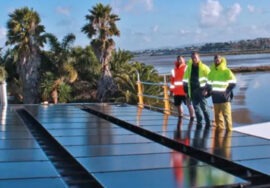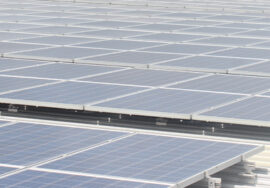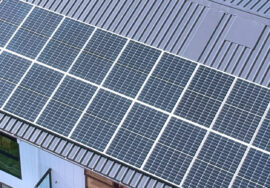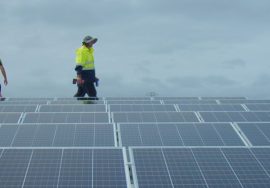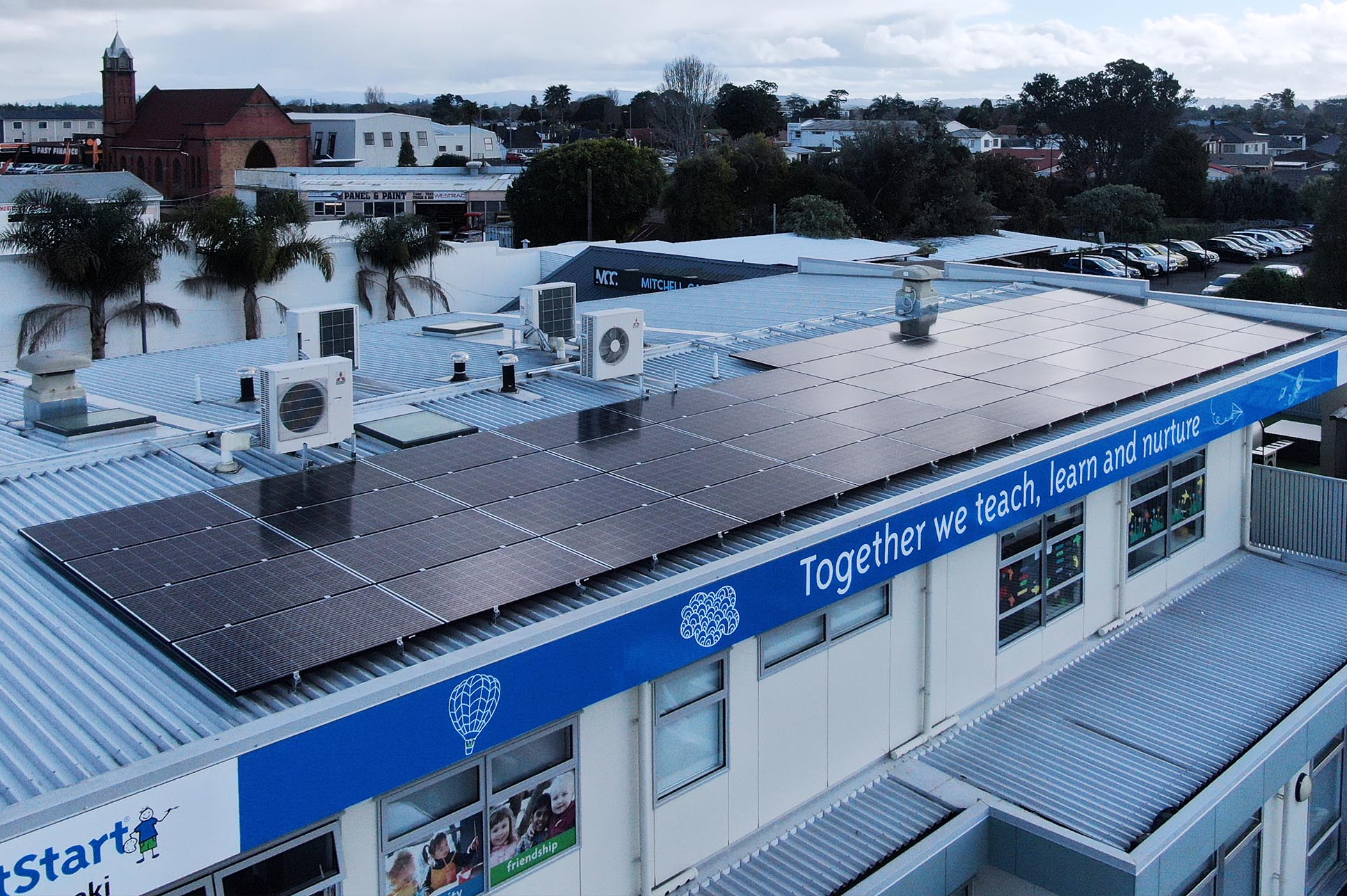
The future of solar energy is bright
The Sun emits enough power onto Earth each second to satisfy the entire human energy demand for over two hours.
Given that it is readily available and renewable, solar power is an attractive source of energy. However, as of 2018, less than two percent of the world’s energy came from solar.
Historically, solar energy harvesting has been expensive and relatively inefficient. Even this meager solar usage has improved over the previous two decades, as the amount of power collected from solar energy worldwide increased over time.
New technological advances over the last twenty years have driven this increased reliance on solar by decreasing costs, and new technological developments promise to augment this solar usage by further decreasing costs and increasing solar panel efficiency.
Solar Cells: Costs, Challenges, and Design
Over the past 20 years, the costs associated with solar cells, the structures capable of converting light energy into electricity, have been steadily decreasing. The National Renewable Energy Laboratory, a US government lab that studies solar cell technology, estimates contributors to the increasing affordability of solar. They estimate that hard costs, the costs of the physical solar cell hardware, and soft costs, which include labor or costs to obtain required government permits, are about equal (Figure 1).
Soft costs have decreased because there are more potential consumers and more installation experts for new solar cells, so companies can produce solar cells in bulk and install them easily. Hard costs are less than half of what they were in the year 2000, mostly due to decreasing material costs and an increased ability of cells to capture light. Engineering more cost-effective and efficient solar cells have required careful consideration of the physics involved in solar capture in addition to innovative design.
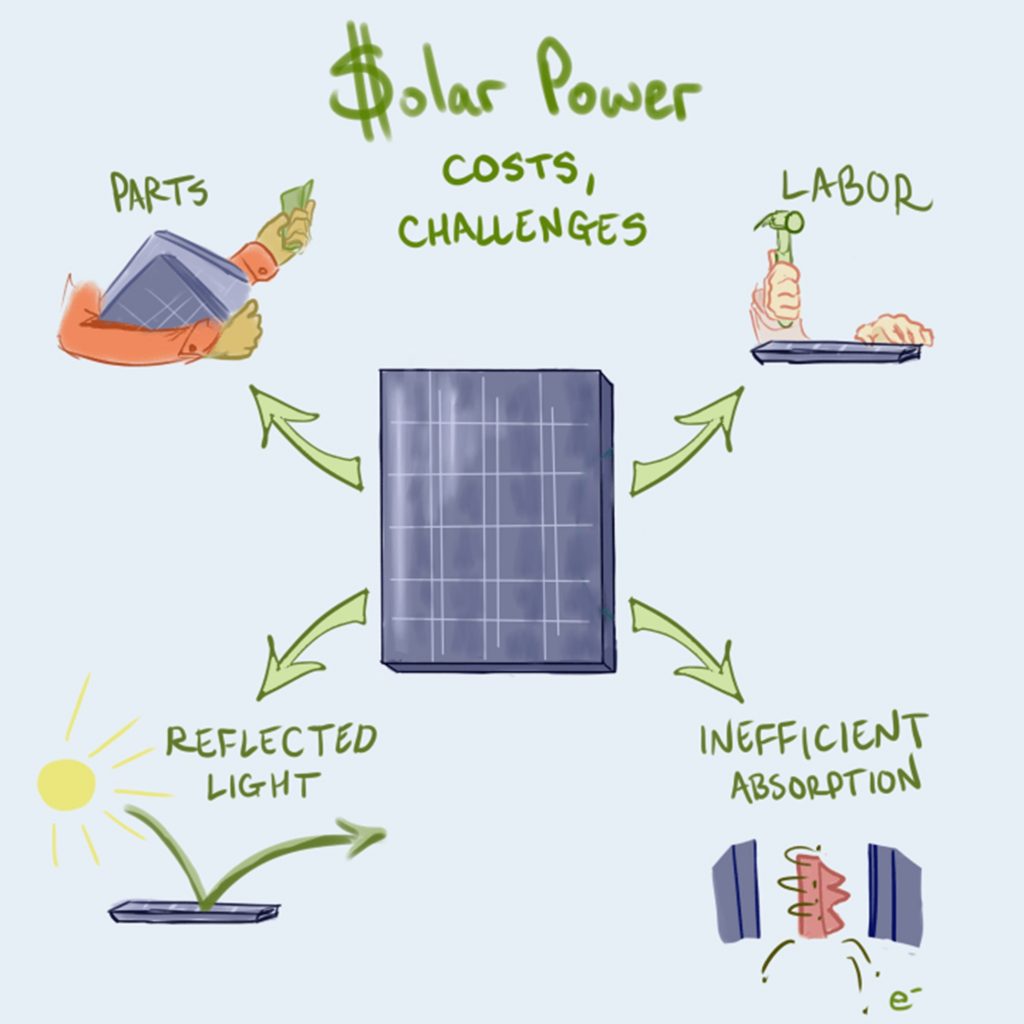
Figure 1: Costs associated with solar power. Solar cells become less expensive when the cost of the labor and materials use to build them go down, or when they become better at turning incoming light into electricity.
Because solar cells are used to convert light into electricity, they need to be composed of some material that’s good at capturing energy from light. This material can be sandwiched between two metal plates which carry the electricity captured from light energy to where it is needed, like the lights of a home or machines of a factory (Figure 2). Choosing the right material to capture light involves measuring the difference between two energy levels called the valence band and the conduction band. The lower-energy valence band is filled with many small negatively charged particles called electrons, but the higher-energy conduction band is mostly empty. When electrons are hit with particles of light, called photons, they can absorb enough energy to jump from the low-energy conduction band into the high-energy valence band. Once in the valence band, the extra energy in the electron can be harvested as electricity. It’s as if the electrons are sitting at the bottom of a hill (the conduction band) and being hit by a photon that gives them the energy to leap to the top (the valance band).
The amount of energy needed for electrons to jump into the valence band depends on the type of material. Essentially, the size of the metaphorical hill varies based on the properties of a given material. The size of this energy gap matters because it impacts how efficiently solar cells convert light into electricity. Specifically, if photons hit the electrons with less energy than the electron needs to jump from the valence band to the conduction band, none of the light’s energy is captured. Alternatively, If the light has more energy than is needed to overcome that gap, then the electron captures the precise energy it needs and wastes the remainder. Both of these scenarios lead to inefficiencies in solar harvesting, making the choice of solar cell material an important one.
Historically, silicon has been the most popular material for solar cells (Figure 2). One reason for this popularity lies in the size of the gap between silicon’s conduction and valence bands, as the energy of most light particles is very close to the energy needed by silicon’s electrons to jump the energy gap. Theoretically, about 32% of light energy could be converted into electric energy with a silicon solar cell. This may not seem like a lot, but it is significantly more efficient than most other materials. Additionally, silicon is also inexpensive. It is one of the most abundant elements on earth, and the cost of refining it has decreased dramatically since 1980. The solar cell and electronics industries have driven a decrease in purification costs as they have learned better bulk purification techniques to drive the demand for solar cells and consumer electronics.

Figure 2: Light energy capture in solar cells. When light hits a solar cell, it causes electrons to jump into a conduction band, allowing the light energy to be harvested. Here yellow electrons (labeled e) move through the silicon atoms (labeled Si) in the solar cell when hit by a photon.
In addition to decreasing material costs, clever engineering tricks are pushing the efficiency of silicon solar cells closer to their theoretical maximum. In order for photons to be converted into energy, they must first collide with an electron. One trick to increase the likelihood of a photon/electron collision involves patterning the silicon in solar cells in microscopic pyramid shapes. When light is absorbed into a pyramid, it travels further, increasing the probability that the light will collide with the electrons in the silicon before escaping the cell.
In a similar tactic, chemists and material scientists have designed anti-reflective coatings to put on the front of solar cells to prevent useful light from being reflected back into space without ever hitting an electron in the solar cell. Likewise, putting a reflector on the back of the solar cell also allows more light to be harvested. The light that reaches the solar cell and makes it all the way through to the back without hitting an electron gets bounced to the front of the cell, giving the cell another chance of collecting the light.
Currently, the cost of silicon-based solar cells continues to decrease, and, despite predictions to the contrary, the cost of silicon itself continues to decrease. Silicon solar cells are likely to remain popular for the next few years. Alternatives to silicon solar cells have been developed but aren’t far enough to be commercially viable.
The Future of Solar Cells
To outpace current solar cells, a new design would need to be able to capture more light, transform light energy to electricity more efficiently, and/or be less expensive to build than current designs. Energy producers and consumers are more likely to adopt solar power if the energy it produces is equally or less expensive than other, often non-renewable, forms of electricity, so any improvement to current solar cell designs must bring down overall costs to become widely used.
The first option, adding hardware that allows the solar cells to capture more light, does not actually require that we abandon current solar cell designs. Electronics can be installed with the solar cell that let the cell track the sun as it moves through the daytime sky. If the solar cell is always pointing at the sun, it will be hit by many more photons than if it was only pointing towards the sun around midday. Currently, designing electronics that can track the position of the sun accurately and consistently for several decades at a reasonable cost is an ongoing challenge, but innovation on this front continues. An alternative to making the solar cell itself move is to use mirrors to focus light on a smaller, and therefore cheaper solar cell.
Another route to improving the performance of solar cells is to target their efficiency so they are better at converting energy in sunlight to electricity. Solar cells with more than one layer of light-capturing material can capture more photons than solar cells with only a single layer. Recently, lab-tested solar cells with four layers can capture 46% of the incoming light energy that hit them. These cells are still mostly too expensive and difficult to make for commercial use, but ongoing research may one day make implementing these super-efficient cells possible.
The alternative to improving the efficiency of solar cells is simply decreasing their cost. Even though processing silicon has become cheaper over the past few decades, it still contributes significantly to the cost of solar cell installation. By using thinner solar cells, material costs decrease. These “thin-film solar cells” use a layer of material to harvest light energy that is only 2 to 8 micrometers thick, only about 1% of what is used to make a traditional solar cell. Much like cells with multiple layers, thin-film solar cells are a bit tricky to manufacture, which limits their application, but research is ongoing.
Silicon solar cells are likely to continue to decrease in cost and be installed in large numbers in the immediate future. Meanwhile, research on alternative designs for more efficient and less expensive solar cells will continue. Years from now, we are likely to see alternatives to silicon appearing on our solar farms and rooftops, helping to provide clean and renewable sources of energy. These improvements have and will continue to be made possible by increasing bulk manufacturing of solar cells and new technologies that make the cells cheaper and more efficient.
Trilect Solar Can Help You Save Money and the Planet
We’ve spent the last decade helping customers like you go solar. At Trilect Solar, our passion is helping the environment, one rooftop at a time.
Together, we will work with you and your budget to design the perfect, energy-saving system for your home and your needs. Give your journey to reducing your carbon footprint a big head start with rooftop solar. Get a free solar energy estimate here.
Original link here
Keywords: solar panel, solar panel nz, solar panel Auckland, residential solar, residential solar nz, residential solar Auckland.
ABOUT TRILECT SOLAR
Trilect Solar is a division of Trilect Services, New Zealand’s master electrician since 1997.
We are members of the Sustainable Energy Association of New Zealand (SEANZ) which offers additional peace of mind to our customers.
Trilect Electrical Services is a large electrical service company which is a member of the Master Electricians & Mastercraft network with 40 employees and a 20+ years history of customer satisfaction.
We do not use sub-contractors. All of the installations will be carried out by our experienced team.
Trilect Solar offers a customised energy plan that works for your home/ business.
Get started now by booking a free on-site consultation.
Request Your On-site Consultation
Or call us on (09) 271 2493


